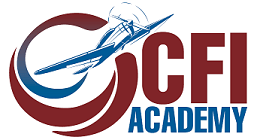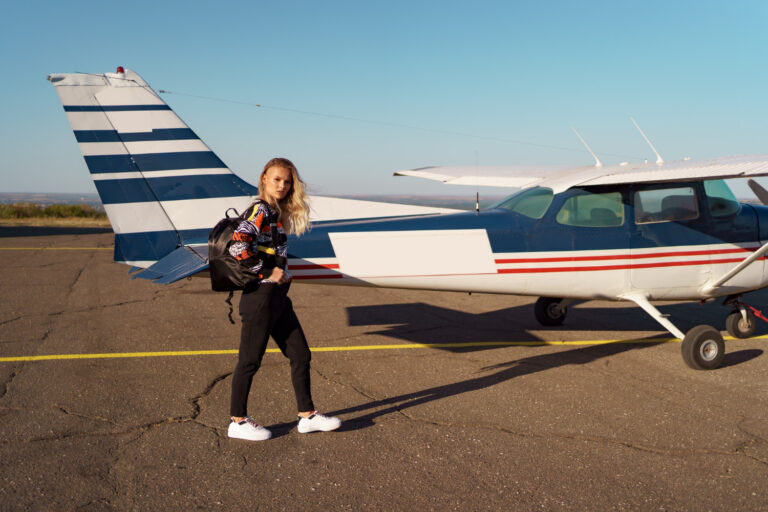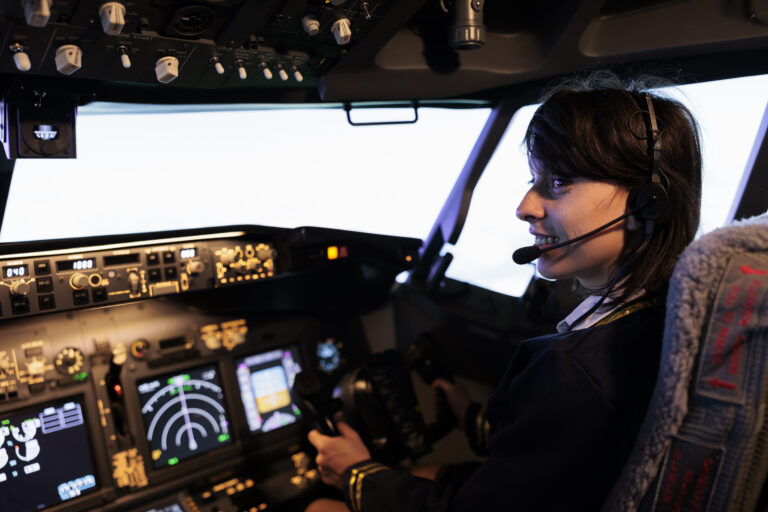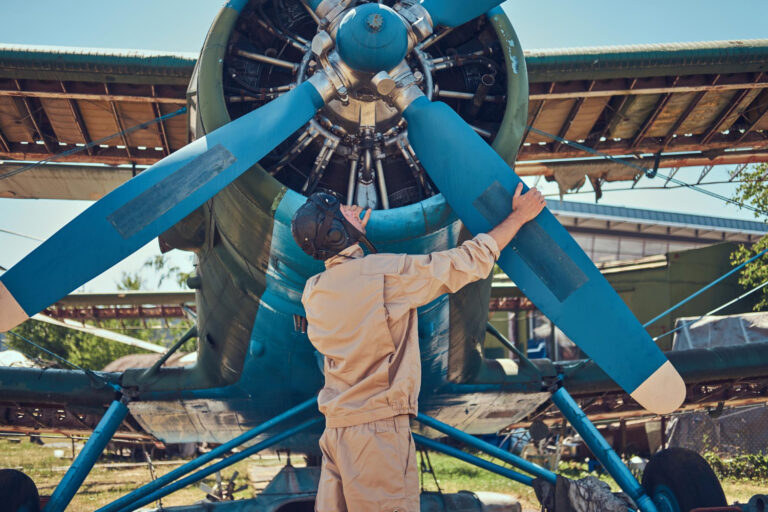Purpose
Flying at night can be very enjoyable, if pilots understand the differences of night flying and take the necessary actions to prepare for a safe flight. This guide suggests ways for flight instructors to teach risk management for safe VFR flying at night.
Profile
Factors in night accidents often include errors in planning, decision-making, and risk management. Fatigue can contribute to such errors. Its effects include:
- ”Channelized” attention
- Poor judgment
- Slowed reaction time
- Inattention
- Ease of distraction
Other errors common in night VFR accidents include:
- Lack of proper equipment (flashlights, batteries)
- Loss of situational awareness
- Problems with night vision
- Inadequate traffic scan
- Vulnerability to optical illusions
Practices
As a Flight Instructor, consider structuring a night training or proficiency session as a short cross-country flight, with night takeoff and landing practice at the destination airport. During each phase of the flight, look for (or create) “teachable moment” scenarios that provide an opportunity to teach good risk management practices for night VFR flying.
Sample Scenario 1
Preflight: Ask the pilot to list hazards related to pilot (fatigue, night experience), aircraft (working lights), environment (airport lighting, terrain), and external pressures (closing times). Stress the importance of a thorough preflight that includes checking all essential lights and reviewing the location of key circuit breakers.
Sample Scenario 2
Taxi/Takeoff: Simulate an electrical failure during taxi to teach the importance of planning the taxi route, knowing the airport layout, and positioning a flashlight to illuminate the panel in case of electrical failure after takeoff. Use the Airport/Facility Directory to obtain the correct frequencies for activating lights.
Sample Scenario 3
En-route: Consider diverting the flight due to simulated bad weather. Ask the pilot to select an alternate and explain why it is a safe choice. Encourage use of the Air Safety Foundation’s Terrain Avoidance Planning tools, or carry IFR enroute charts to help stay above terrain. A VFR flight plan and VFR flight following are excellent practices for night VFR. If the flight takes place above 5,000 MSL, remind the pilot that oxygen can
help night vision.
Sample Scenario 4
Descent/Approach: Be sure that the pilot understands the destination airport’s runway layout and lighting.
Where is the rotating beacon in relation to the runway or to terrain?
Sample Scenario 5
Landing/Parking: A new place can be confusing in darkness, so teach the pilot to keep a taxi diagram close by. During ground operations near other aircraft, do not use strobes or aim landing lights at other pilots. Throughout the flight, ask the pilot to consider consequences of each decision, list alternative actions, recognize the reality of the situation, and be sensitive to any external pressures that can distract or drive an unsafe decision.
Post-flight
The Flight Instructor should use post-flight discussion to ask questions that let the pilot learn from his or her decisions. For instance:
- What part(s) of the flight made you uncomfortable?
- If you could change something you did, what would it be, and why?





